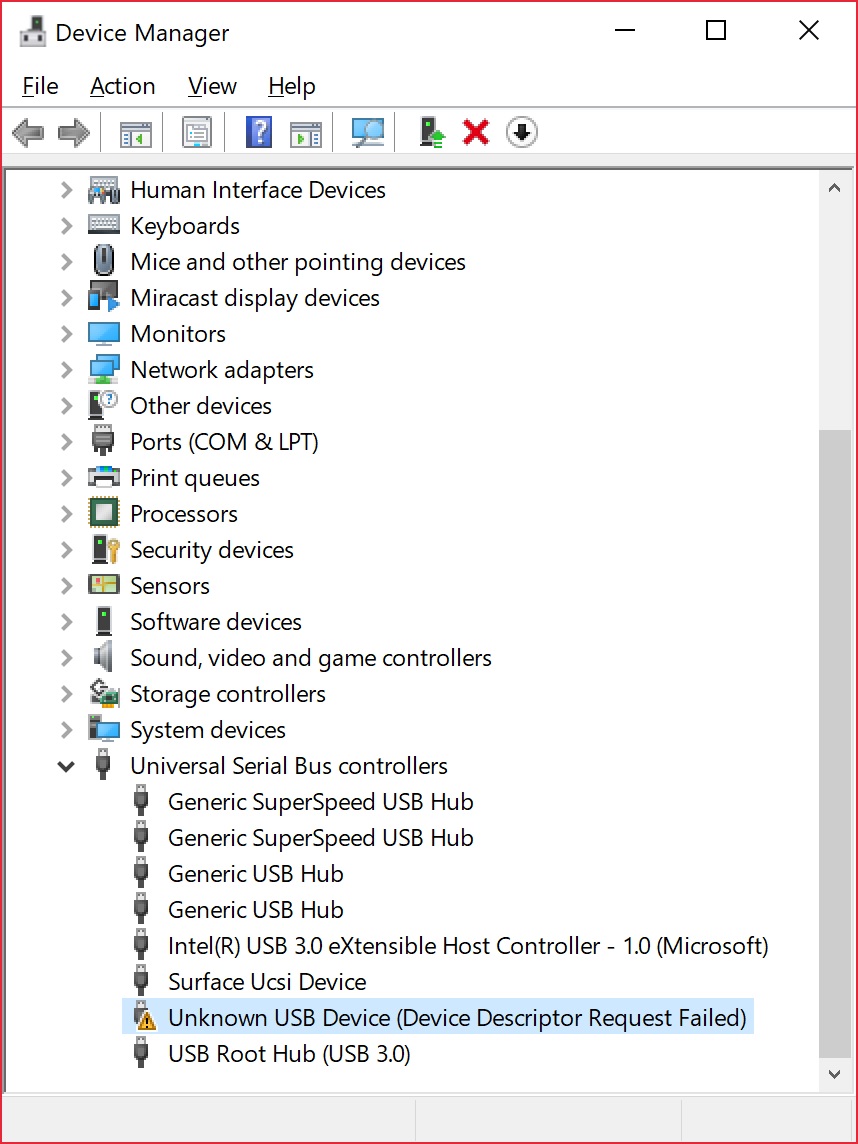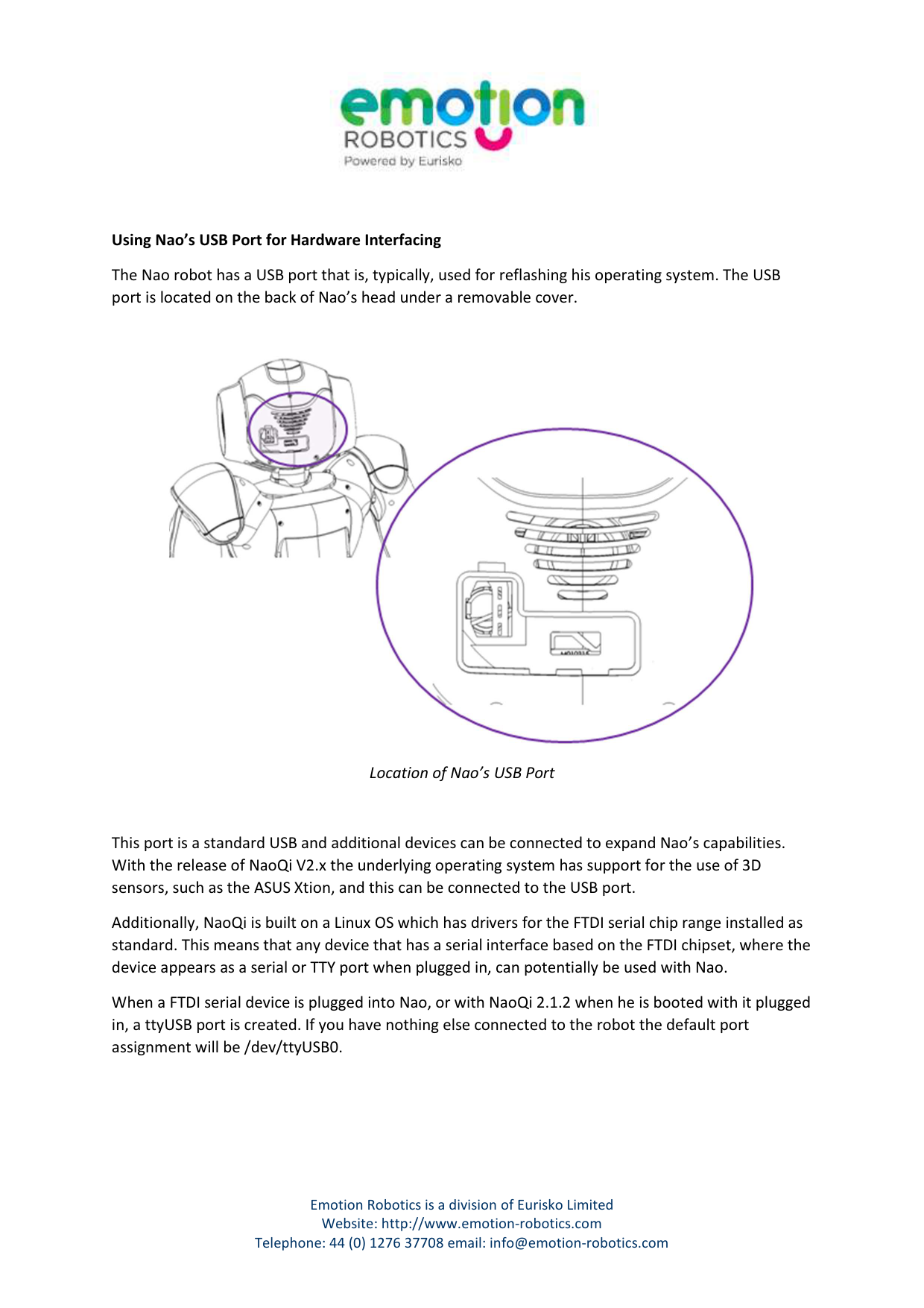The Accessory Bay is the area behind the gimbal under the Solo that does not interfere with the 3DR Gimbal. It is intended for secondary accessories, including additional communications hardware and high power devices.
- DRIVERS 3DR RADIO TELEMETRY KIT 915MHZ FOR WINDOWS 8.1. Usb serial port ports. Australia new zealand, driver mission planner. Sik telemetry radio, radio telemetry kit, module open source. New 3dr telemetry 5km,915mhz 100mw no. Holybro telemetry radio. Transceiver telemetry radio set v3, radio telemetry radio, drotek radio telemetry kit, cash delivery available.
- 3D Robotics Solo Drone Review. At present, while no available devices use the connector port, 3DR is hoping developers will make such accessories through the company's Made for Solo program.
Except to the extent required by applicable law, in no event will 3d robotics be liable to you on any legal theory for any special, incidental, consequential, punitive or exemplary damages arising out of the use of the hardware. Released in April of 2015, the 3DR Solo is a smart drone created by 3D Robotics, an American company in Berkeley, California. 3D Robotics markets the Solo drone as the “smartest drone ever,” a device geared towards simple flying and professional aerial photography and videography.

Accessory developers can attach hardware using the holes provided and connect to the iMX6 (Companion computer) via USB.
Mechanical
Drivers 3d Robotics Port Devices Free
The accessory area is roughly 7.6 cm wide x 13.3 cm long x 10.2 cm deep.
Maximum payload of the system is 700g, the 3DR Gimbal + GoPro weigh approximately 390g, leaving 310g for accessories that are meant to be used with the 3DR Gimbal.
The Accessory Bay hole pattern is M2 screws in a 63 mm x 41 mm rectangular pattern. Ensure that the rectangle is not intersected by the path of the gimbal.
Accessories are permitted to cover the Pairing button.The diagram below shows the position of the accessory port.
Electrical
Accessory Port
The mating connector part number is JAE SJ038252 and can be purchased on Mouser.
The pinout of the Accessory Port is:
| Pin | Name | Description |
|---|---|---|
| 1. | USB D- | Negative differential data signal to iMX6 OTG USB port. |
| 2. | USB D+ | Positive differential data signal to iMX6 OTG USB port. |
| 3. | N/C | |
| 4. | N/C | |
| 5. | N/C | |
| 6. | N/C | |
| 7. | N/C | |
| 8. | N/C | |
| 9. | SER5 TX (DEBUG) | UART5 TX output from Pixhawk™ 2. |
| 10. | SER2RT | UART2 RTS output from Pixhawk™ 2 for flow control. Connect to device's CTS pin. |
| 11. | SER2Tx | UART3 RX signal to Pixhawk™ 2. Connect to device's TX pin. Voltage is 3.3V. |
| 12. | CANH1 | CAN bus high to the Pixhawk™ 2. |
| 13. | CANL1 | CAN bus low to the Pixhawk™ 2. |
| 14. | GND | Ground reference on Solo system. |
| 15. | BATT | 12V to 16.8V. Maximum combined current off bus (pins 15 and 30) is 1.1A (fuse: 1812L110/24DR). Maximum combined power 18.5W. |
| 16. | USB GND | |
| 17. | +5V | 4.75V to 5.4V voltage pin for USB device. Maximum combined current off bus (pins 17 and 19) is 1.05A (fuse: ST890DTR). Maximum combined power 5.7W. |
| 18. | N/C | |
| 19. | +5V | 4.75V to 5.4V voltage pin for USB device. Maximum combined current off bus (pins 17 and 19) is 1.05A (fuse: ST890DTR). Maximum combined power 5.7W. |
| 20. | N/C | |
| 21. | GND | Ground reference on Solo system. |
| 22. | N/C | |
| 23. | BUS ID | |
| 24. | SER5 RX (DEBUG) | UART5 RX input to Pixhawk™ 2. |
| 25. | SER2CT | UART2 CTS input to Pixhawk™ 2 for flow control. Connect to device's RTS pin. |
| 26. | SER2Rx | UART3 TX signal from Pixhawk™ 2. Connect to device RX pin. Voltage is 3.3V. |
| 27. | 3DRID | USB ID pin for OTG port on iMX6 OTG port |
| 28. | GND | Ground reference on Solo system. |
| 29. | GND | Ground reference on Solo system. |
| 30. | BATT | 12V to 16.8V. Maximum combined current off bus (pins 15 and 30) is 1.1A (fuse: 1812L110/24DR). Maximum combined power 18.5W. |
Power Supply
Two voltage sources are supplied to the Accessory Bay:
- VCC 5V (4.75V to 5.4V).
- VCC Battery (12V to 16.8 V).
VCC 5V should be used to power the USB device. The combined total current for both VCC 5V pins is limited to 1.05A (the combined current for both pins).
The VCC 5V supply is also used as the backup supply for the Pixhawk™. Attempting to draw more than the specified maximum current may drop the voltage, and could potentially cause a brownout.VCC Battery can be used as a high-power supply for accessory hardware. The combined total current for both VCC Battery pins is limited to 1.1A (fuse: 1812L110/24DR) and the maximum power 18.5W.
Drivers 3d Robotics Port Devices Download
Accessory Breakout Board
An open source reference design for a breakout board can be found here.
The breakout board plugs into the accessory port. The exposed side of the board is as shown below.
Peripheral Mapping
The accessory port breaks out a subset of the available peripherals of the Pixhawk2 and iMX. Here is the mapping between the different naming schemes of peripherals available on Solo.
| HAL | System | ArduCopter Parameter | Pixhawk2 | Solo Peripheral |
|---|---|---|---|---|
| px4io/sbus | /dev/ttyS0 | |||
| uartA | /dev/ttyACM0 | USB | ||
| uartB | /dev/ttyS3 | SERIAL3 | GPS | Internal GPS |
| uartC | /dev/ttyS1 | SERIAL1 | Telem1 | |
| uartD | /dev/ttyS2 | SERIAL2 | Telem2 | Acc. Port |
| uartE | /dev/ttyS6 | SERIAL4 | Serial4 | Gimbal |
| nsh console | /dev/ttyS5 | Serial5 | Acc. Port |
Communication Architecture
The main communication channels between the Accessory Bay, Pixhawk™ and Companion Computer are shown below. Note that only USB is available for developer communication with Solo (the CAN and Serial/MAVLink channel is shown dashed for this reason).
Communication Protocol

The USB OTG port is the recommended interface to the Accessory Bay. The port can act as either host or as a device, but typically the iMX6 acts as the host and the accessory as a connected USB device. The USB port enables interactions with Smart shots, DroneKit, and the Controller.
Supported Drivers
The iMX6 kernel comes with with drivers for FTDI and CDC-ACM USB serial devices. These can, for example, be used with all official Arduino devices.
Connecting directly to the USB Port
Accessories typically connect to Solo as devices. Connect 3DRID to GND to set the USB port to host mode. Connect 5V, USB D+, USB D- and GND to the corresponding pins of the USB device.
The IMX6 will connect in device mode if the 3DRBUS pin is not connected to GND. In device mode you can connect the Solo to a computer.
Connecting via an Accessory Breakout Port
If you have the recommended accessory breakout board, use a jumper to connect 3DRID to ground to set the iMX6 to host mode. Then use a USB OTG cable) to connect the device to the breakout board.
Accessing USB Serial devices
USB Serial devices are accessed using normal Linux methods. For example, to communicate with a USB serial adapter or Arduino from Python, you could use http://pythonhosted.org/pyserial/.
Use the /dev/serial/by-id/ paths to access USB serial devices on the IMX6, as the enumeration order may change.USB Connection Speed
The USB routing on the mainboard does not meet the spec for USB “High Speed” (480Mbit/s), so the maximum in-spec speed is “Full Speed' (12Mbit/s). In practice most high speed devices should work.
The actual throughput will depend on the device being used.
ArduPilot uses a range of USB IDs for various flight controllers anddevices. This document describes the IDs in active use as well as pastIDs that may be on some boards.
Composite Devices¶
In the information below some IDs are marked as being for compositeUSB devices. These are for boards which will present two serialinterfaces for one USB connection. Boards that use composite IDs willhave both OTG1 and OTG2 in their SERIAL_ORDER declaration in thehwdef.dat for the board. These devices should have a different USBVID/PID pair from non-composite boards to allow the correct driver tobe loaded on Microsoft Windows.
When a board uses a composite USB ID two serial ports are presented tothe host. The user can configure what protocols these two ports useusing the SERIALn_PROTOCOL parameter. SERIAL0_PROTOCOL is the firstUSB interface, and SERIALn_PROTOCOL for the largest value of n on theboard is the 2nd USB interface. Typically the 2nd interface is used togive a SLCAN interface for CAN diagnostics and configuration.
VID=0x0483 PID=0x5740¶
This ID is one from ST Microelectronics, and was used by ArduPilot inthe initial ChibiOS port until January 2020. It is a non-compositeserial ID.
Drivers 3d Robotics Port Devices For Sale
VID=0x1209 PID=0x5740¶
This ID is one from http://pid.codes/, and is used by ArduPilot sinceDecember 2019. It is a composite serial ID, with interface 0 labelledas MAVLink and interface 2 labelled as SLCAN. It is the default USB IDfor boards capable of composite USB devices.
Drivers 3d Robotics Port Devices Gigabit
VID=0x1209 PID=0x5741¶
This ID is one from http://pid.codes/, and is used by ArduPilot sinceJanuary 2020. It is a non-composite serial ID. It is the default USBID for boards non-composite USB devices, including bootloaders and allF4 based boards.
VID=0x16D0 PID=0x0E65¶
This ID is one from https://www.mcselec.com, and is reserved for useby ArduPilot in the future.
VID=0x26AC PID=various¶
The 0x26AC vendor ID is owned by 3D Robotics, and was used for mostArduPilot compatible boards up until 2018. Some boards still ship witha bootloader that uses that VID.
VID=0x2DAE PID=various¶
The 0x2DAE vendor ID is owned by Hex, and is used for Hex flightcontrollers from 2018 onwards.
Specific PIDs are:
- 0x1101 CubeBlack+
- 0x1001 CubeBlack bootloader
- 0x1011 CubeBlack
- 0x1016 CubeOrange (composite)
- 0x1005 CubePurple bootloader
- 0x1015 CubePurple
- 0x1002 CubeYellow bootloader
- 0x1012 CubeYellow (composite)

VID=0x3162 PID=various¶
The 0x3612 vendor ID is owned by Holybro, and is used for Holybroflight controllers from 2019 onwards.
Specific PIDs are:
VID=0x27AC PID=various¶
The 0x27AC vendor ID is used by Laser Navigation for their line ofVRBrain flight controllers.
Specific PIDs are:
- 0x1151 VRBrain-v51
- 0x1152 VRBrain-v52
- 0x1154 VRBrain-v54
- 0x1910 VRCore-v10
- 0x1351 VRUBrain-v51




